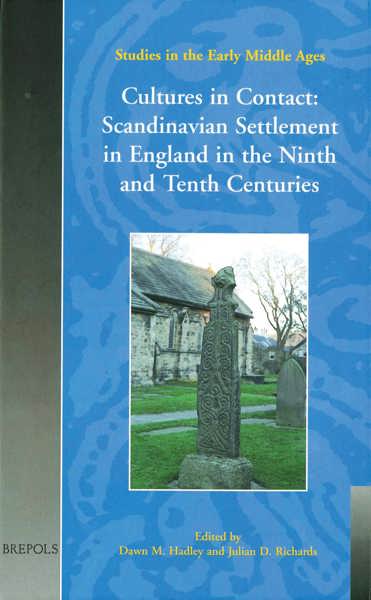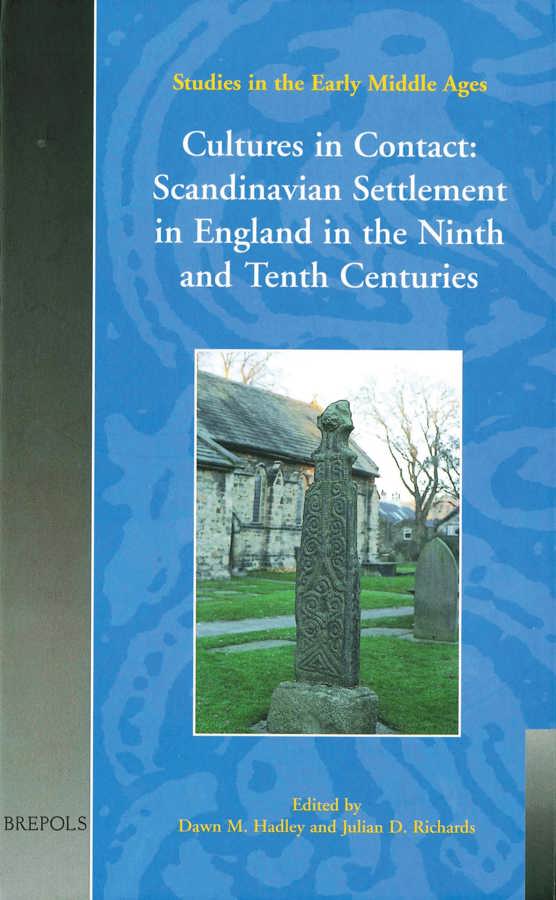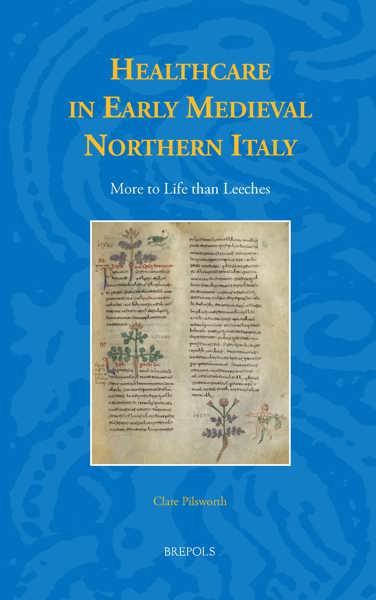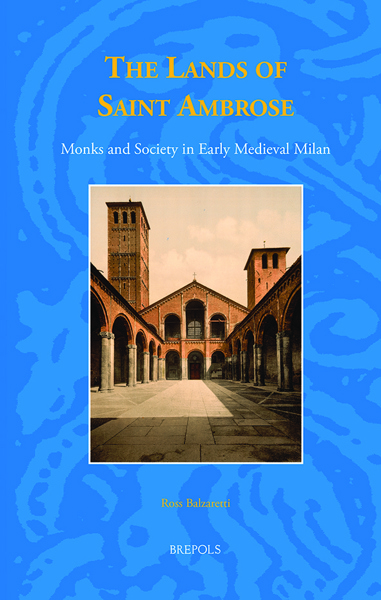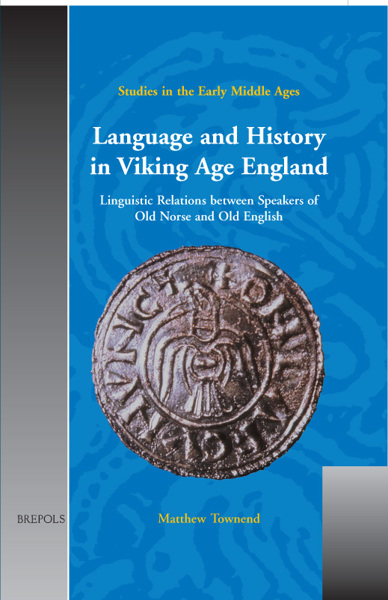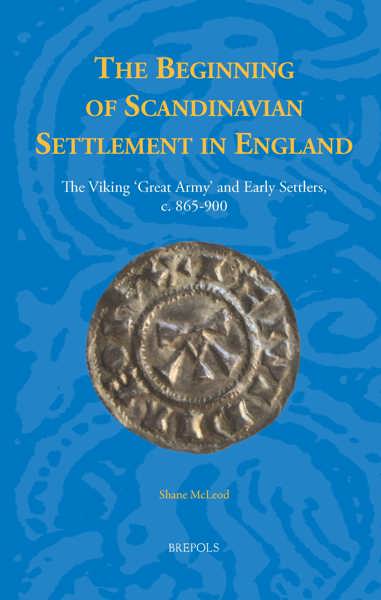
Cultures in Contact
Scandinavian Settlement in England in the Ninth and Tenth Centuries
Dawn Hadley, Julian D. Richards (eds)
- Pages: viii + 331 p.
- Size:156 x 234 mm
- Illustrations:26 b/w
- Language(s):English
- Publication Year:2000
- € 70,00 EXCL. VAT RETAIL PRICE
- ISBN: 978-2-503-50978-5
- Hardback
- Available
- € 70,00 EXCL. VAT RETAIL PRICE
- ISBN: 978-2-503-53868-6
- E-book
- Available
This volume examines the Scandinavian impact on England in the ninth and tenth centuries, with particular reference to Scandinavian settlement and the diverse ways in which the Scandinavians and the native populations responded to each other.
'[...] an important collection of papers with much of interest in terms of approaches and interpretations' (A. Reynolds: Medieval Archaeology 45 (2001)).
'The volume itself is effectively edited and the individual papers well-focused and referenced. [...] this collection usefully pulls together several quite disparate approaches, and the results make an important contribution to our understanding of England in the Viking Age' (N. J. Higham: Northern History, 39 (2002), p. 128).
"This is an important collection of essays taking a revisionist and interdisciplinary approach to the subject of the Scandinavian migrations to England in the ninth and tenth centuries. (...) It is to be hoped that new research on Scandinavian migrations will proceed from the insights and ambitions of this book." (S. Yarrow: Early Medieval Europe, 2003, 12 (2), p.183-185)
"This is an important collection of essays taking a revisionist and interdisciplinary approach to the subject of the Scandinavian migrations to England in the ninth and tenth centuries." ( S. Yarrow in Early Medieval Europe, N° 12, 2003, p183-185)
This volume examines the Scandinavian impact on England in the ninth and tenth centuries, with particular reference to Scandinavian settlement and the diverse ways in which the Scandinavians and the native populations responded to each other. Many previous studies have described the settlement as involving a rapid assimilation of the settlers with native society and culture, and a swift process of integration. This volume challenges that view and shows that the processes of assimilation, integration and accommodation were gradual and complex, displaying important regional variations. Where did the Scandinavians come from? What type of society did they eventually settle into? What were the implications of the drawing of different cultures in contact, and how is this portrayed in the surviving material? An important aim of this volume is to open up new interdisciplinary dialogue in Viking Studies, and it analyses documentary, archaeological, artefactual and linguistic evidence. The volume also seeks to develop more theoretically sophisticated accounts of Scandinavian settlement, and brings the study of this subject up-to-date in terms of developments in other branches of history, archaeology and linguistics. Recent discussion in other fields concerning, for example, material culture and language have shown that they did not simply reflect changes in society but were also active, constituent elements in creating and re-creating social and cultural identities. The volume focuses on the creation of local and regional identities and affinities, and moves on from the traditional depiction of the issues in terms of a simple dichotomy of 'Scandinavian' and 'English'. It takes a more rigorously contextual approach than has hitherto been the case in the study of Scandinavian settlement, and seeks to throw new light on the consequences of cultures in contact.
Introduction: Interdisciplinary Approaches to the Scandinavian Settlement - Dawn M. Hadley and Julian D. Richards
Ethnicity, Migration Theory, and the Historiography of the Scandinavian Settlement of England - Simon Trafford
The Alfred-Guthrum Treaty: Scripting Accommodation and Interaction in Viking Age England - Paul Kershaw
Danelaw Identities: Ethnicity, Regionalism, and Political Allegiance - Matthew Innes
Viking Age England as a Bilingual Society - Matthew Townend
‘Hamlet and the Princes of Denmark’: Lordship in the Danelaw, c. 860–954 - Dawn M. Hadley
Conversion and Assimilation - Lesley Abrams
Survival and Mutation: Ecclesiastical Institutions in the Danelaw in the Ninth and Tenth Centuries - Julia Barrow
Monuments and Merchants: Irregularities in the Distribution of Stone Sculpture in Lincolnshire and Yorkshire in the Tenth Century - David Stocker
Viking Age Stone Monuments and Social Identity in Derbyshire - Phil Sidebottom
Anglo-Scandinavian Metalwork from the Danelaw: Exploring Social and Cultural Interaction - Gabor Thomas
The Viking Presence in England? The Burial Evidence Reconsidered - Guy Halsall
All in the Genes? Evaluating the Biological Evidence of Contact and Migration - Martin Paul Evison
Identifying Anglo-Scandinavian Settlements - Julian D. Richards
Anglo-Scandinavian Attitudes: Archaeological Ambiguities in Late Ninth- to Mid-Eleventh-Century York - R.A. Hall
